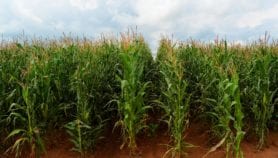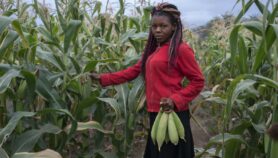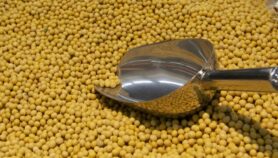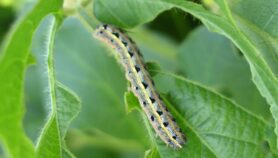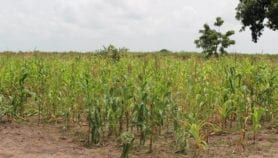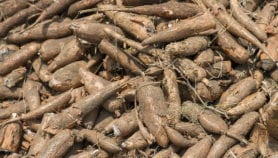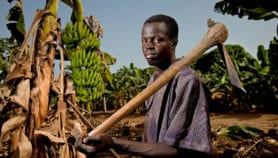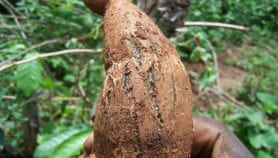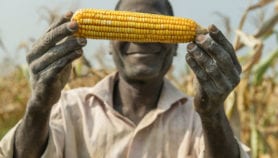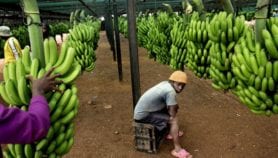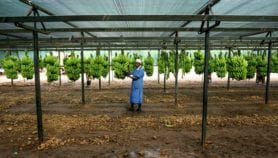By: Kimani Chege
Send to a friend
The details you provide on this page will not be used to send unsolicited email, and will not be sold to a 3rd party. See privacy policy.
[NAIROBI] Kenyan authorities yesterday (31 August) began destroying the country’s first genetically modified (GM) maize growing in open field trials.
The government halted the research and ordered the destruction after discovering that a technician had sprayed a restricted pesticide on maize modified to resist attack by insects called stem borers.
Wilson Songa, Kenya’s agriculture secretary and chair of the National Biosafety Committee, said this could compromise the validity of the trial’s results.
On 25 August, the committee ordered the Kenya Plant Health Inspectorate Service to destroy the crops.
Songa was quoted in Kenya’s Sunday Nation newspaper on 28 August as saying that local scientists had yielded to pressure from international organisations and were “rushing projects”.
The maize was being grown in Kiboko by the Insect Resistance Maize for Africa (IRMA) project, a joint initiative of the Kenyan Agricultural Research Institute, the US-based Syngenta foundation, and the Mexico-based Center for Maize and Wheat Research.
In July, IRMA staff had notified the biosafety committee that the maize had been sprayed with the insecticide Furadan.
Stephen Mugo, IRMA’s project coordinator, says the incident was unfortunate and a major setback to Kenyan research, but that GM maize field trials would continue.
“This is just like a battle we lost,” said Mugo. “But the main war will continue until we help African maize farmers overcome the pest”.
The IRMA project, which began six years ago, aims to develop both conventional and GM maize varieties to resist the pest.
The GM plants, which incorporate genetic material from a bacterium called Bacillus thuringiensis, have already been grown under experimental conditions in IRMA’s US$12 million ‘biosafety’ greenhouse (see $12 million greenhouse signals Kenyan GM commitment).
When the first IRMA maize seeds were sown outside in May, Kenya became the first African country after South Africa to plant GM maize in open fields (see Kenya begins first open field trials of GM maize).
The IRMA researchers had hoped to release the maize to farmers by 2010 (see Revision of plans delays Kenya’s GM maize).

